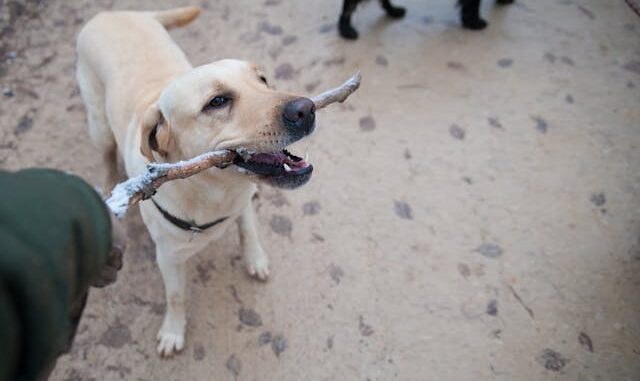
Dog ownership in Ontario enriches countless lives, but dog bite incidents cast a long shadow, raising concerns about public safety and prompting debate about the future of dog bite law. The current system, governed by the Dog Owners’ Liability Act (DOLA), enforces strict liability, meaning owners are financially responsible for any injuries caused by their dog, regardless of prior behavior. However, recent court cases and legal trends suggest a more nuanced approach is emerging. This article delves into these trends, analyzing relevant case law from the past decade and exploring their potential impact on the future of dog bite law in Ontario.
Strict Liability: The Bedrock of Current Law
DOLA’s strict liability principle prioritizes victim compensation, ensuring they receive financial support for injuries regardless of the owner’s intent. Landmark cases like Tran v. Vancouver (City) [1990] solidified this principle, establishing that ownership alone translates to liability. However, strict liability doesn’t consider the specific circumstances of each case. This has led to calls for reform, with legal trends reflecting a shift towards a more nuanced approach.
Emerging Trends: Examining Recent Case Law
Several case law examples from the past decade highlight emerging trends:
- Focus on Foreseeability: The 2013 case McIntyre v. St. Hilaire introduced the concept of “foreseeability” into the discussion. Here, the court ruled the owner wasn’t liable because the dog’s aggressive behavior towards the familiar eight-year-old victim was unforeseeable. This case suggests courts might consider prior behavior when assessing liability, potentially paving the way for a move away from strict liability in some situations.
- Shared Responsibility: Cases like Langford v. Ellis (2012) explore the concept of shared responsibility. Here, the court found both the dog owner and the eight-year-old victim shared blame for the bite incident, reducing the owner’s liability. This suggests courts might consider the victim’s actions when determining fault, potentially incentivizing more cautious behavior on both sides.
- Landlord Liability: The growing number of renters with pets has prompted questions about landlord responsibility in dog bite cases. Cases like Keay v. Fabrizi (2017) suggest landlords might have a duty to screen tenants with pets or enforce pet management rules within rental properties. This trend could lead to increased scrutiny of landlord practices and potentially broader liability in certain situations.
Breed Specificity: A Controversial Consideration
While Ontario avoids breed bans, some cases explore the inherent characteristics of certain breeds in determining liability. The 2010 case Smith v. Pilkington referenced the breed of the dog (a Rottweiler) as a factor in assessing the foreseeability of aggressive behavior. However, this approach raises concerns about breed discrimination and the importance of responsible ownership over breed-specific traits. The courts have yet to fully embrace breed specificity, but it remains a contentious topic in dog bite law.
The Road Ahead: Balancing Public Safety with Responsible Ownership
The future of dog bite law in Ontario is likely a confluence of legislative amendments, evolving legal trends, and a growing emphasis on responsible dog ownership. While strict liability offers a clear framework for victim compensation, it lacks nuance when considering individual circumstances.
A Call for Responsible Ownership
Regardless of potential legal changes, the importance of responsible dog ownership cannot be overstated:
- Early Socialization: Socialize your dog from a young age to ensure they are comfortable around different people, animals, and environments.
- Obedience Training: Invest in quality obedience training to promote good canine behavior and maintain control of your dog in various situations.
- Understanding Dog Body Language: Learn to recognize signs of stress or anxiety in your dog. This allows you to intervene before a potentially aggressive situation escalates.
